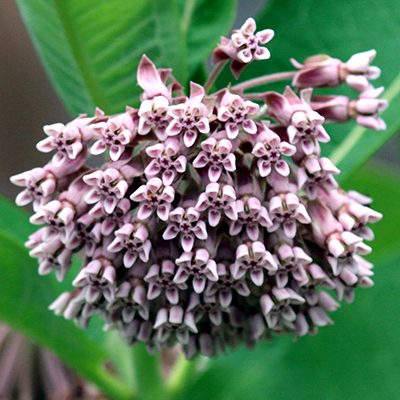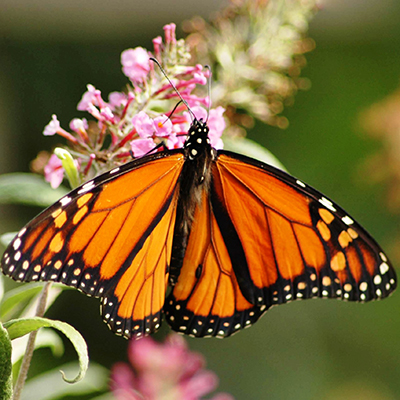Published May 18, 2021
By Cátia Canteiro
Plants and Fungi Coordinator, Global Center for Species Survival
Medicines that treat illnesses. Fuel for our vehicles. Materials for houses and furniture. Habitat for animals. Even the oxygen we breathe.
Every day, we all experience the benefits of plants — not to mention that they provide us food and beauty in our gardens.
Conversely, plants can also cause a lot of trouble, especially when they are displaced to areas they would never occur naturally and become invasive.
When we allow non-native or alien species to be introduced in nature and spread, they might cause significant damage to people, business and the environment. The U.S. Fish and Wildlife Service lists more than 4,000 invasive species in the United States, including both animals and plants, costing more than $120 billion in damages every year.
Horticulture and gardening are some of the many ways through which invasive species are introduced into a new landscape. You might be familiar with the Bradford pear tree (Pyrus calleryana), commercially introduced in 1962, and now one of the most commonly planted trees in the United States. In the wild, this species forms dense thorny thickets that are impenetrable to humans and some animals, out-competing native plant species. It can also cause significant damage to infrastructure, like houses and vehicles, as its branches easily break with slightly strong wind.
But there are many ways you can be part of the solution.
Make sure you choose native species to plant in your garden. This way you increase the local biodiversity, not only of plants, but also animals as native plants attract native animals, such as butterflies and birds.
Here are some examples of what you could be planting to attract more wildlife into your garden:
These and many other Indiana native plants are available at nurseries and garden centers around the state.
Indianapolis residents can also join the city’s Native Planting Area Program, which provides helpful information and recognition for including native plantings in your yard.
Besides the human and economic impact, invasive species are also a major conservation problem, threatening many species with extinction. The Species Survival Commission of the International Union for Conservation of Nature has a group of specialists focusing solely on invasives issue.
The Indianapolis Zoo has partnered with the IUCN SSC through the Global Center for Species Survival to support, connect and communicate the work and efforts of those conservationists.



Pick your day. Pick your price. Pick your package. Prices online are cheaper than at the gate.